Heartbreaking image shows a sloth clinging to a barbed wire fence because it was the closest thing resembling a tree
French photographer Emmanuel Tardy's image of a sloth clinging to a post in Costa Rica is one of the images from the 2025 Wildlife Photographer of the Year award.
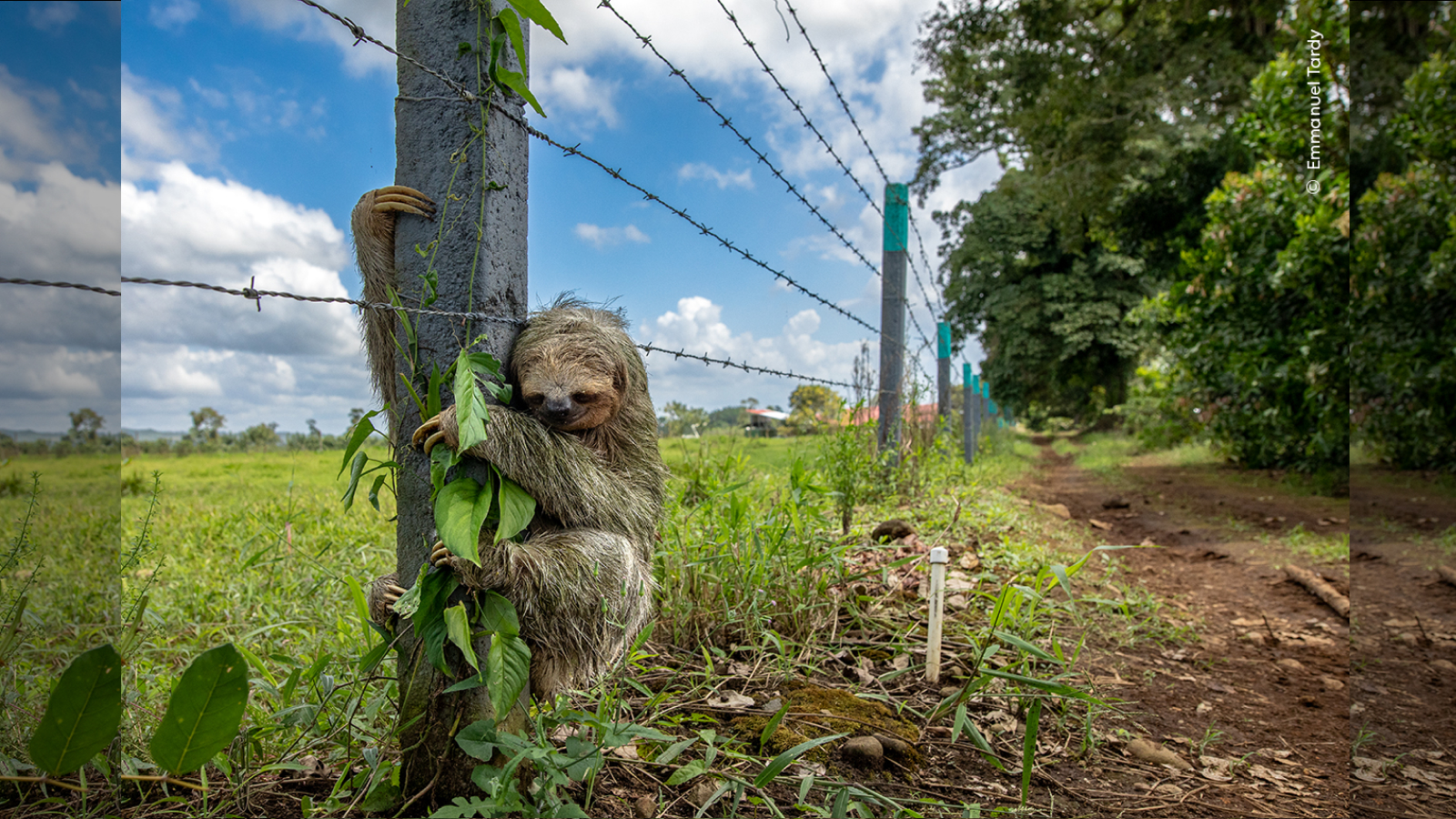
A heartbreaking photo showing a sloth clinging tightly to a barbed wire fence after crossing a road in Costa Rica is one of the winning/shortlisted images included in a sneak peek of the 2025 Wildlife Photographer of the Year competition.
The brown-throated three-toed sloth (Bradypus variegatus) was spotted by French photographer Emmanuel Tardy in the rural district of El Tanque, in the Alajuela Province. Traffic along the road had slowed as the sloth crossed and made a beeline for the fence post — the closest thing resembling a tree, according to a statement from U.K.'s Natural History Museum (NHM) in London, which hosts the competition every year.
Tardy waited for crowds to disperse before taking the photograph, which is titled "No Place Like Home." The image highlights the problems facing sloths in Costa Rica, where habitat fragmentation is forcing the creatures to spend more time on the ground as they move between trees, according to a statement from the Wildlife Photographer of the Year organizers emailed to Live Science. The country's government is now working with nongovernmental organizations to introduce wildlife corridors to help connect them with their forest homes.
The sloth image was released alongside 15 other sneak peek images from 2025's Wildlife Photographer of the Year competition. Over 60,000 images were entered this year — the highest number of entries ever received.
A total of 100 winners will be selected by a panel of judges and revealed on Oct. 14.
Other sneak peek images include a standoff between a cobra and a lion in the Serengeti National Park, Tanzania. Photographer Gabriella Comi, from Italy, captured this image, dubbed "Wake-up Call," after her guide spotted the snake slithering toward a pair of sleeping lions. A female in the pair awoke abruptly and came face-to-face with the snake, according to the NHM statement.
Get the world’s most fascinating discoveries delivered straight to your inbox.
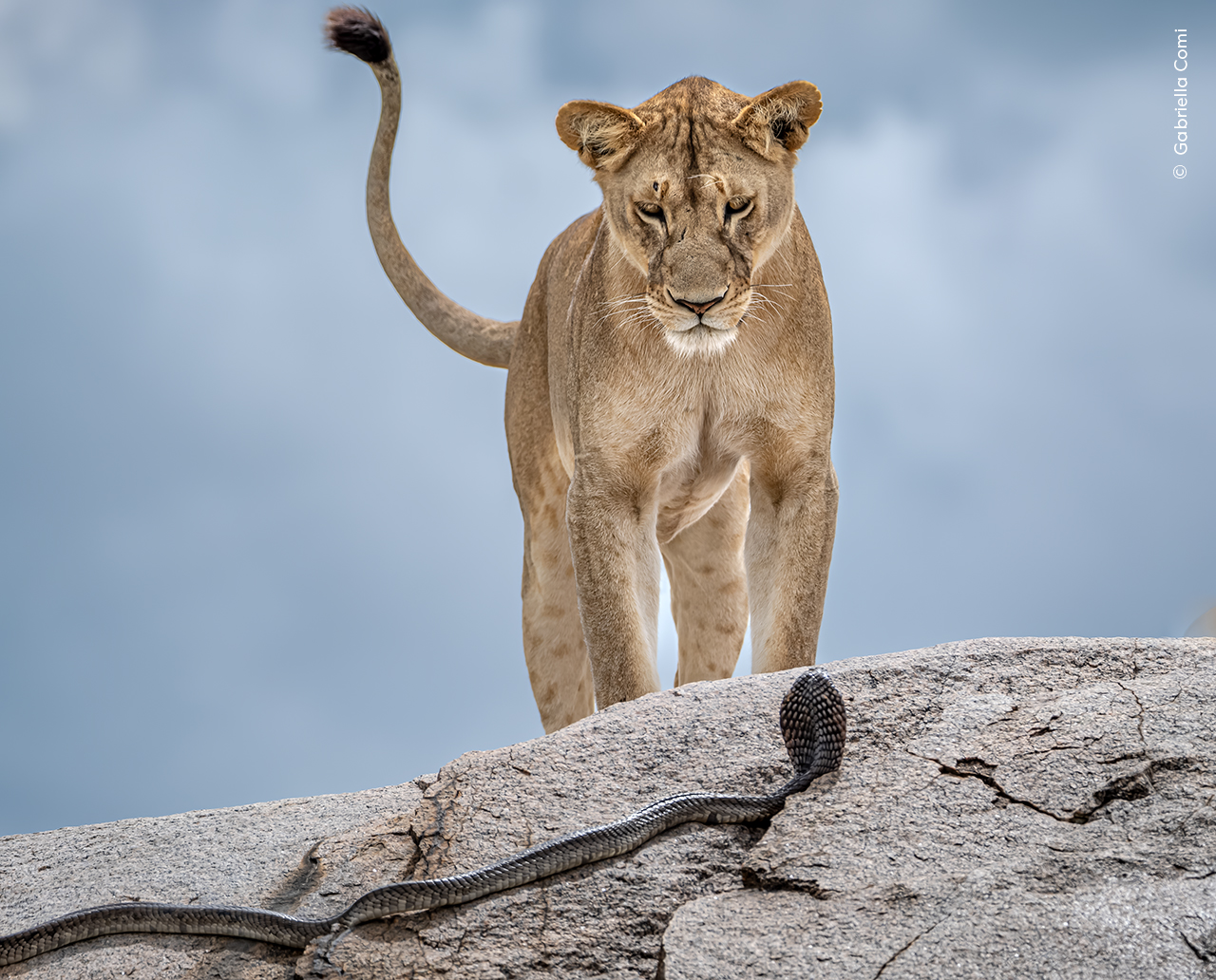
In another newly-released image, titled "Nature Reclaims Its Space," Indian photographer Sitaram Raul captured fruit bats leaving their roosts inside a historical monument in Banda, Maharashtra. He worked in darkness, relying on the camera flash to capture the mass exodus, and said that the bats were "randomly pooping on me and the camera," according to the Wildlife Photographer of the Year statement.
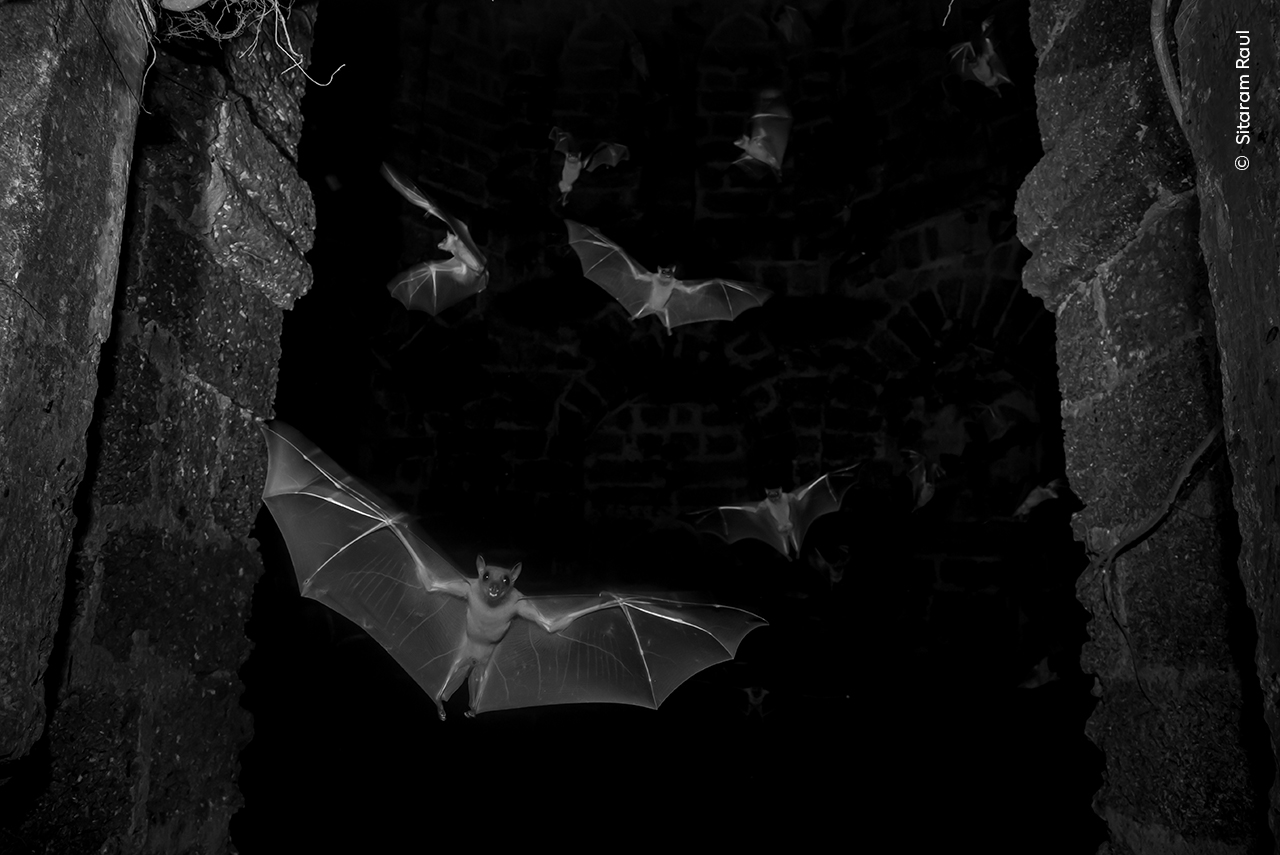
Other photos include a huge mass of jellyfish off California, emperor penguins (Aptenodytes forsteri) walking at the edge of an ice shelf and an elephant navigating a "Toxic Tip" in Sri Lanka.
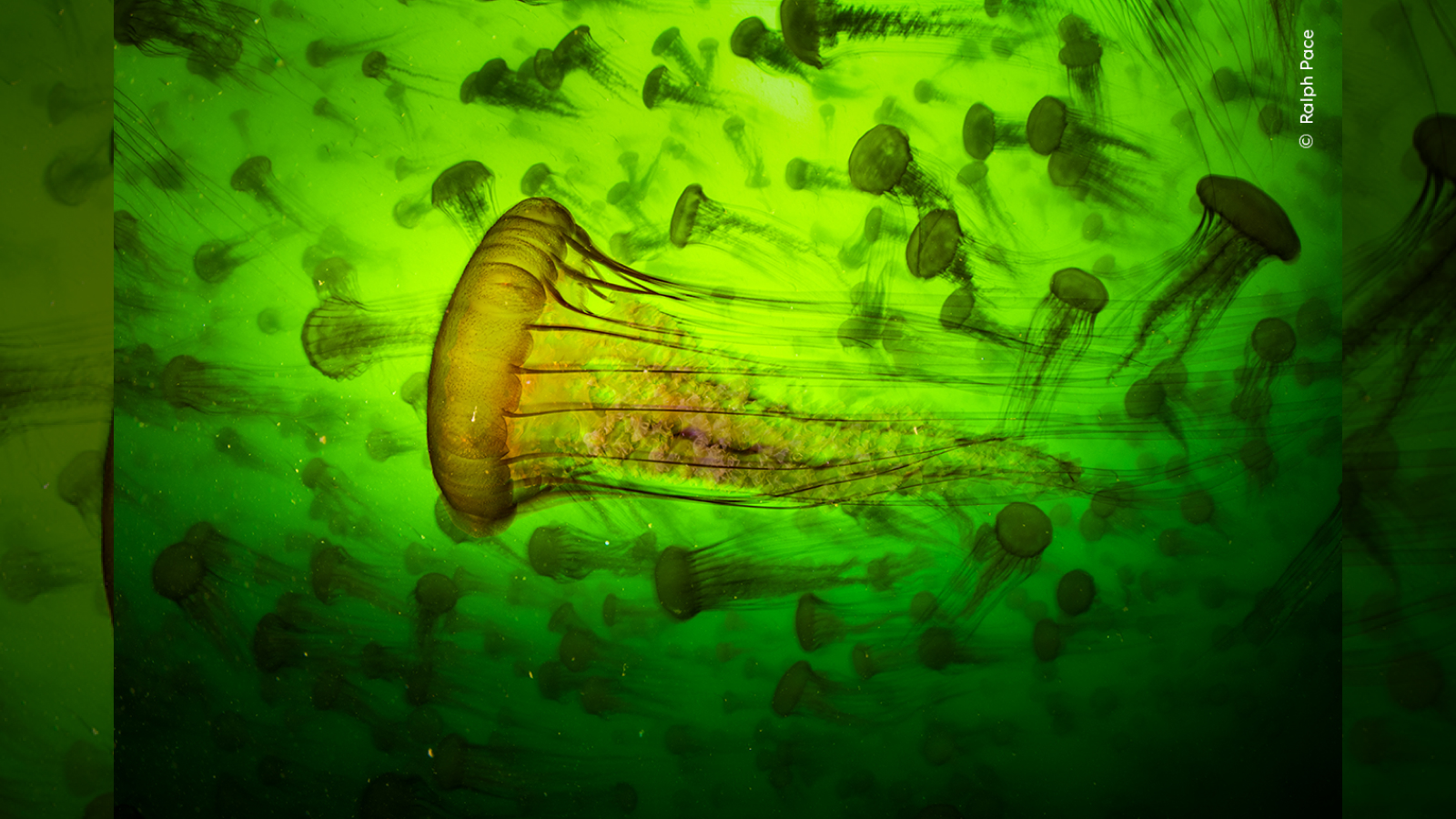

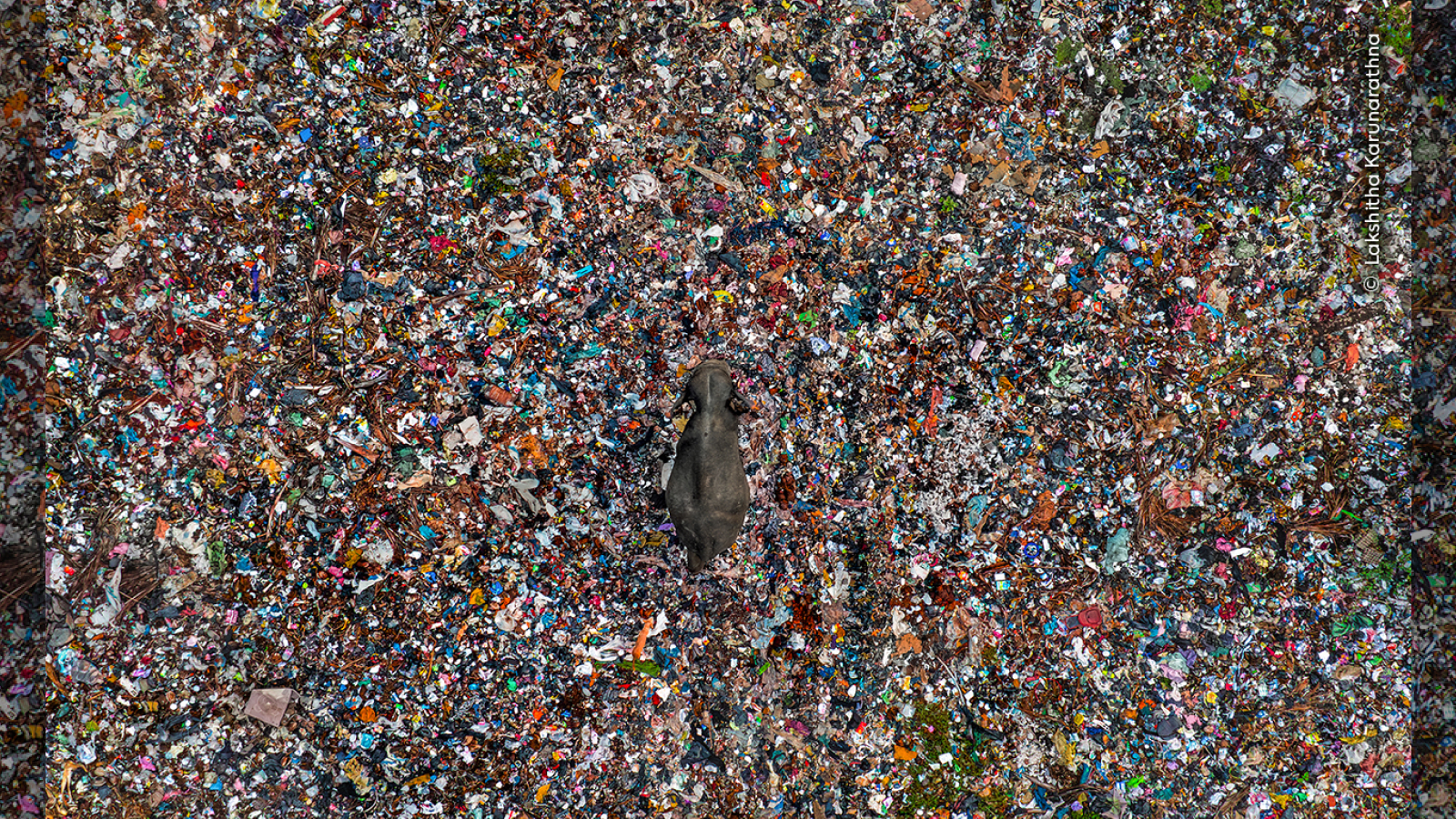
"As an advocate for the power of photography, there is nothing more rewarding or moving than seeing our relationship to the natural world, in all its complexity and splendour," Kathy Moran, chair of the Wildlife Photographer of the Year jury, said in the Wildlife Photographer of the Year statement.
You can see the rest of the first look images below.
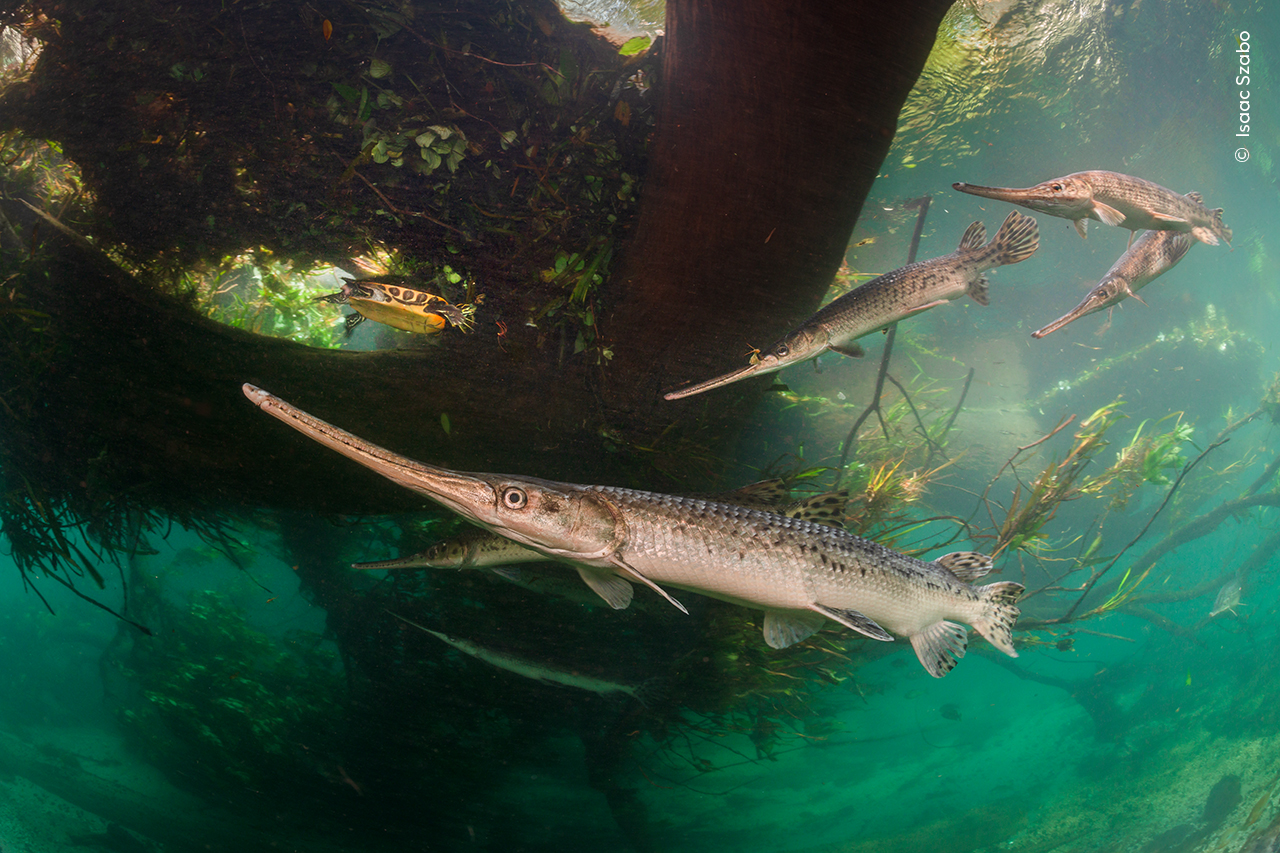
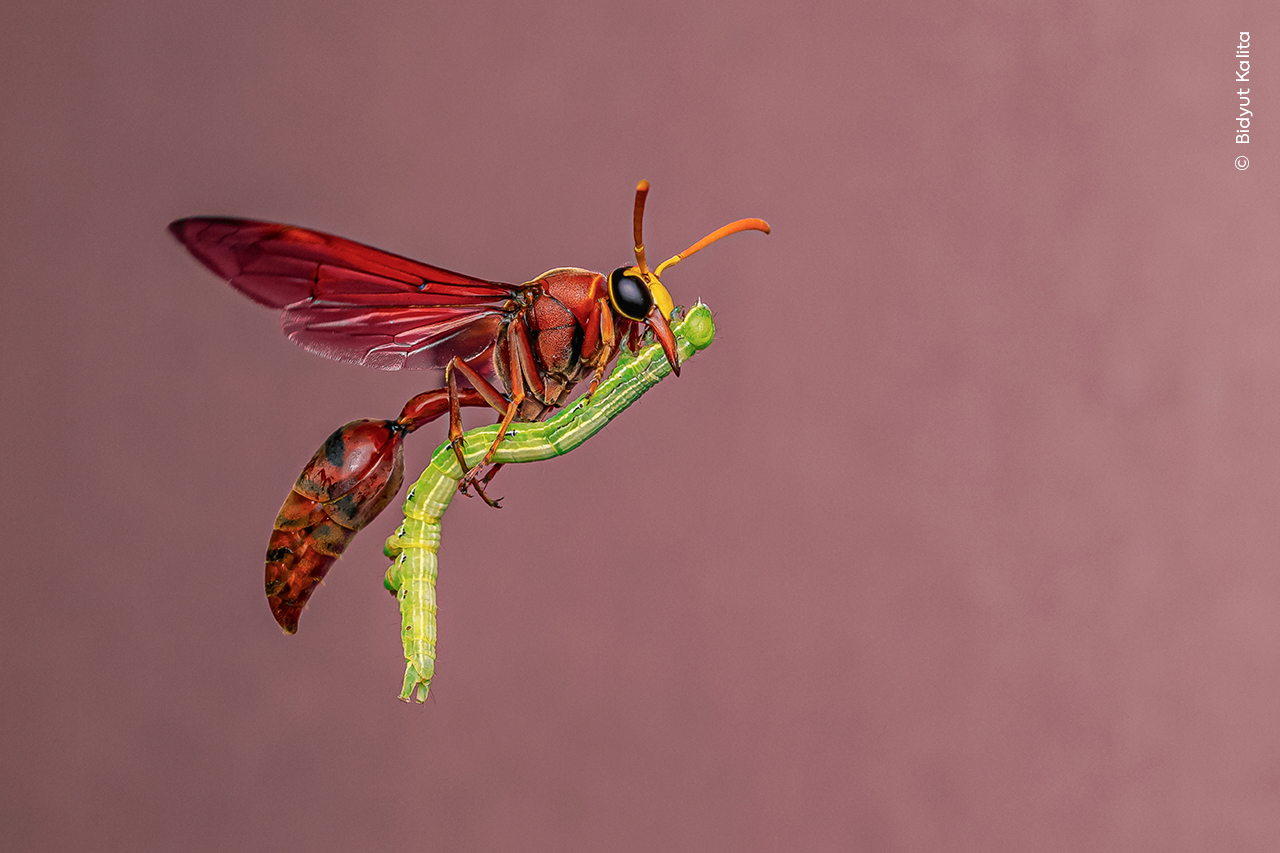

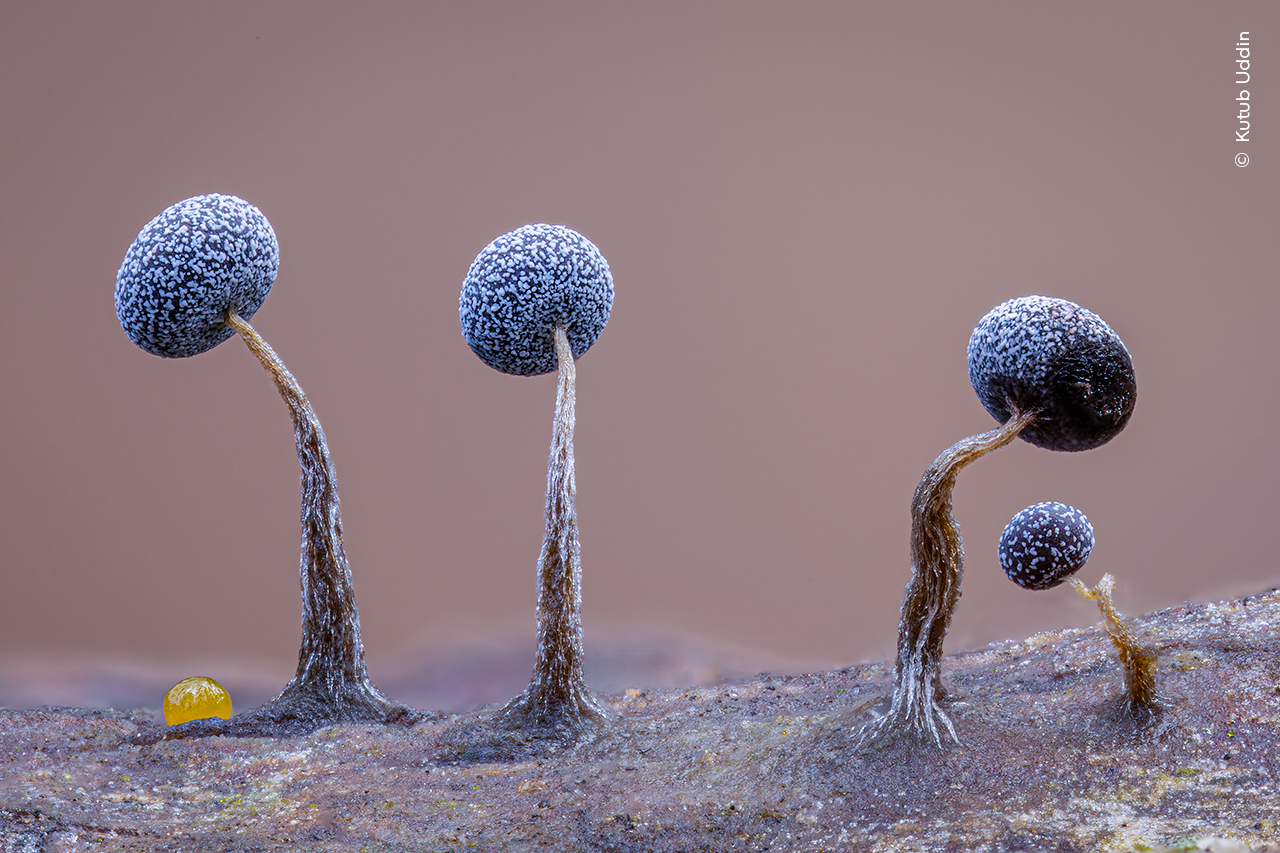

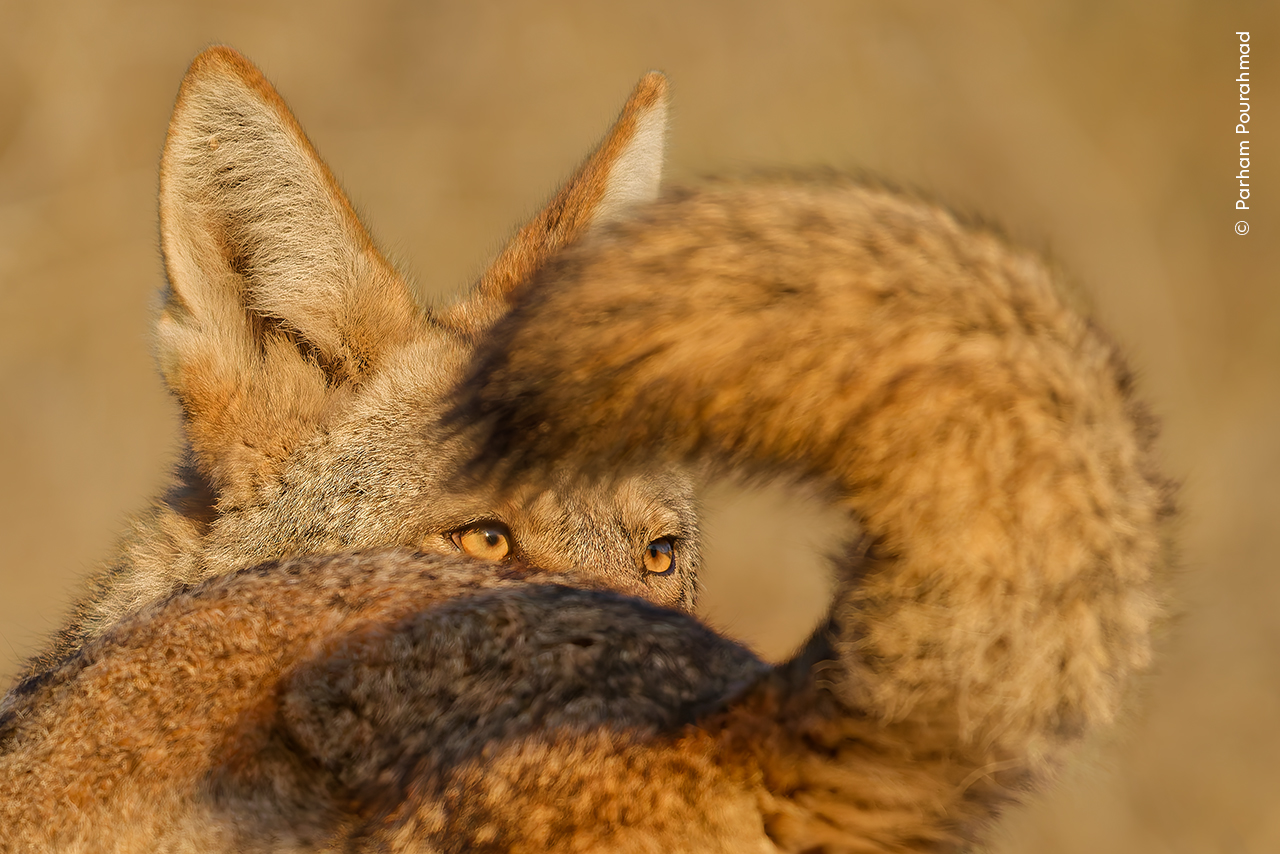
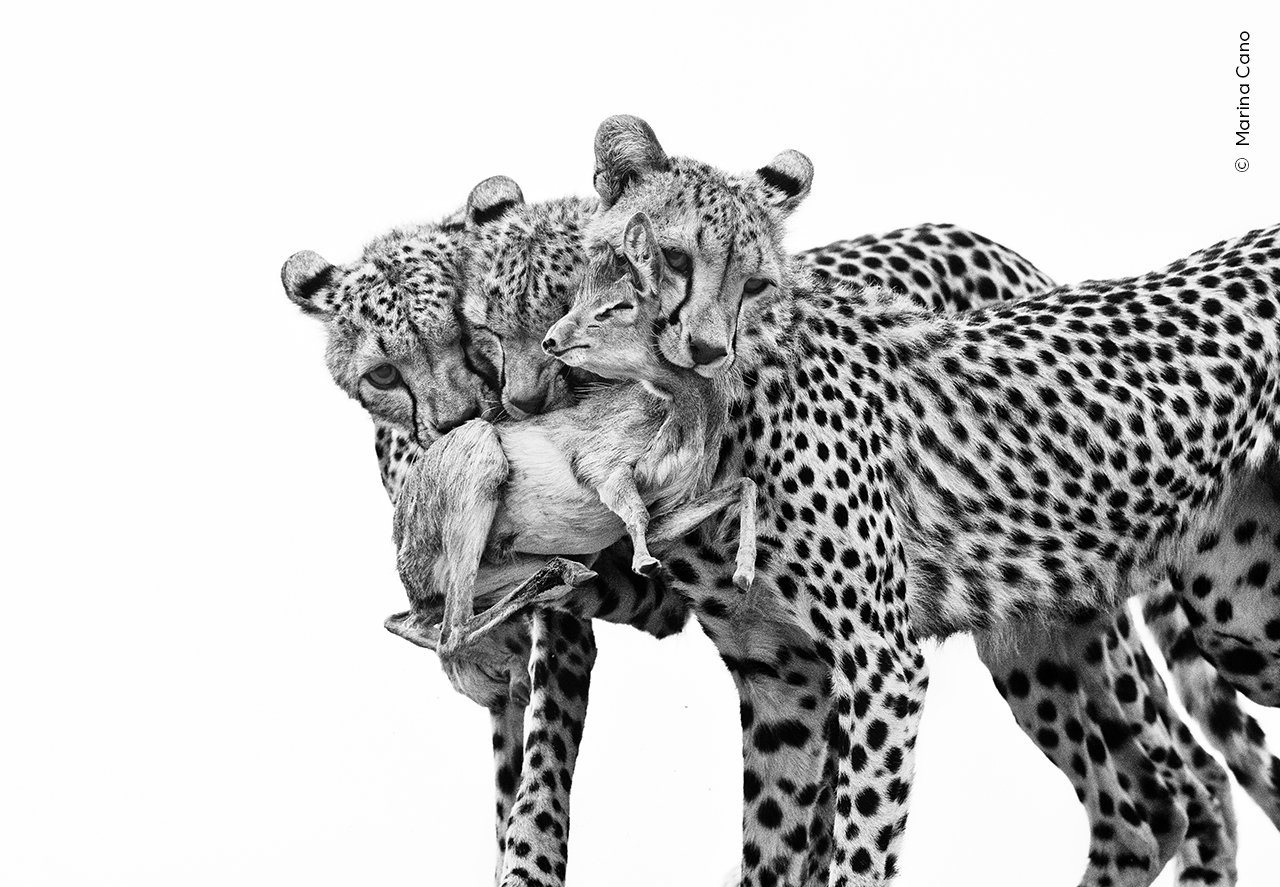
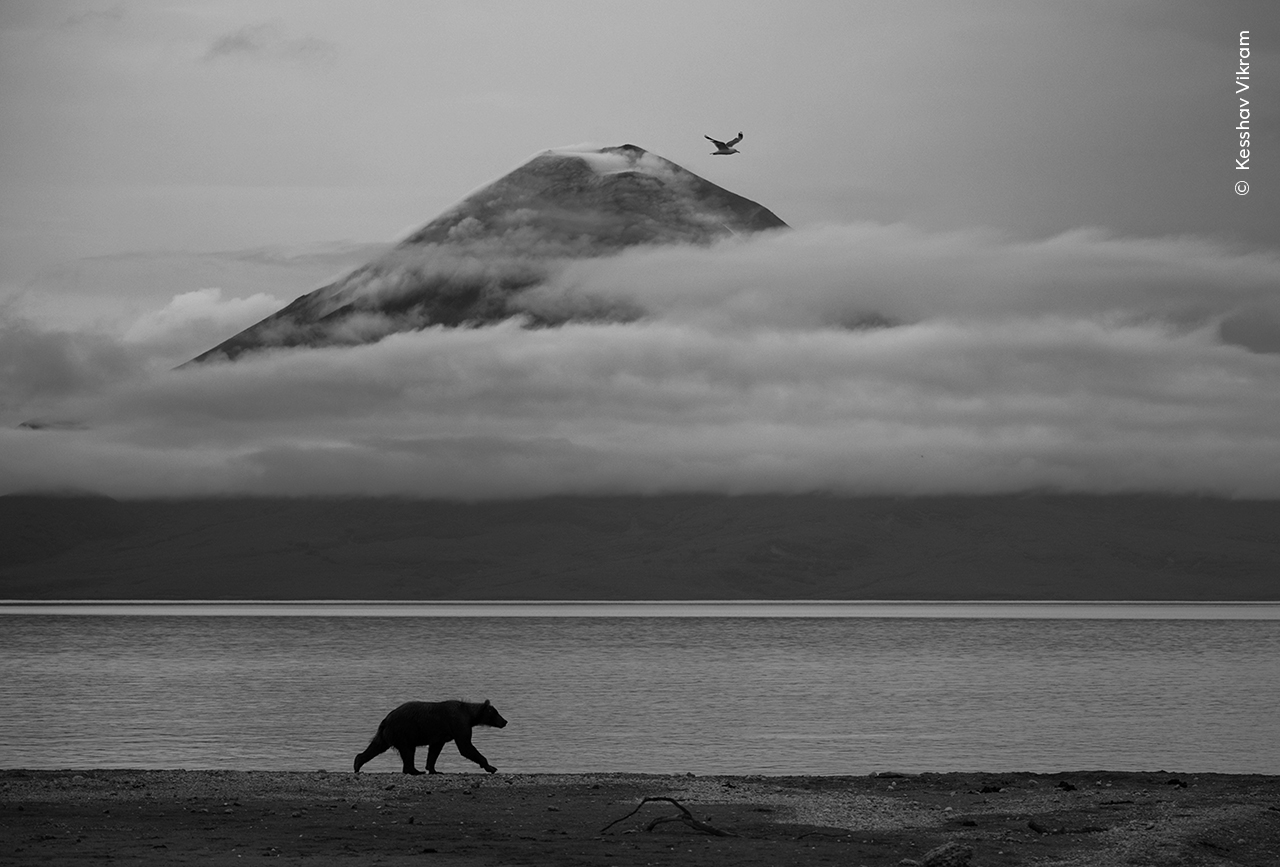
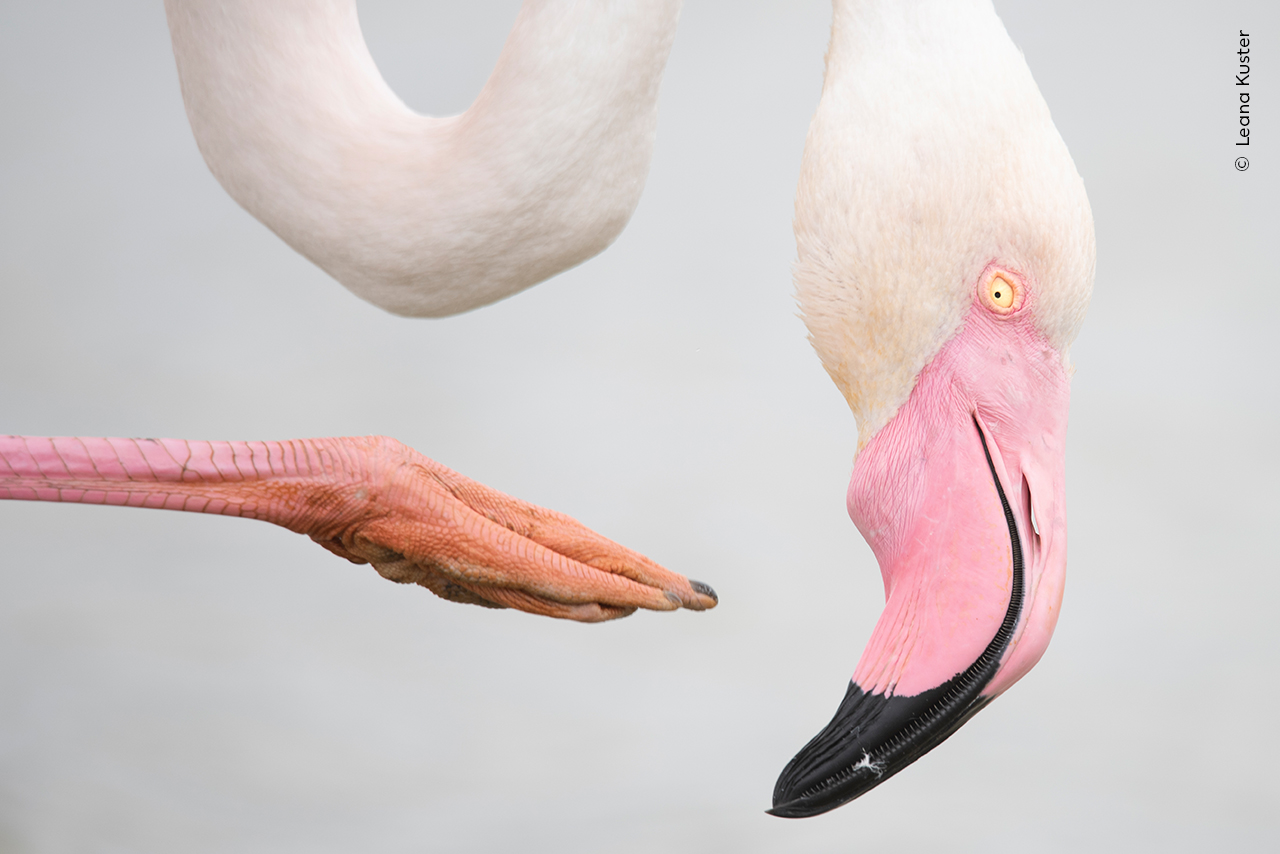
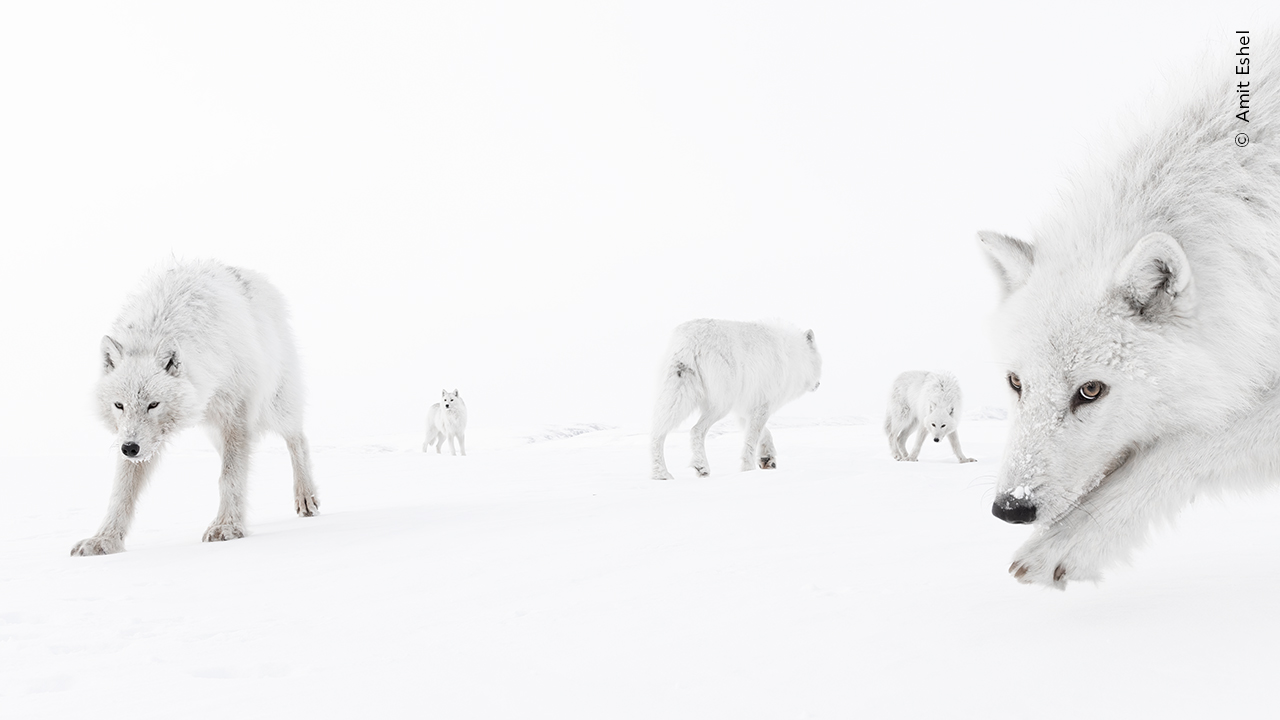
Wildlife Photographer of the Year is developed and produced by the Natural History Museum, London.

Hannah Osborne is the planet Earth and animals editor at Live Science. Prior to Live Science, she worked for several years at Newsweek as the science editor. Before this she was science editor at International Business Times U.K. Hannah holds a master's in journalism from Goldsmith's, University of London.
You must confirm your public display name before commenting
Please logout and then login again, you will then be prompted to enter your display name.
